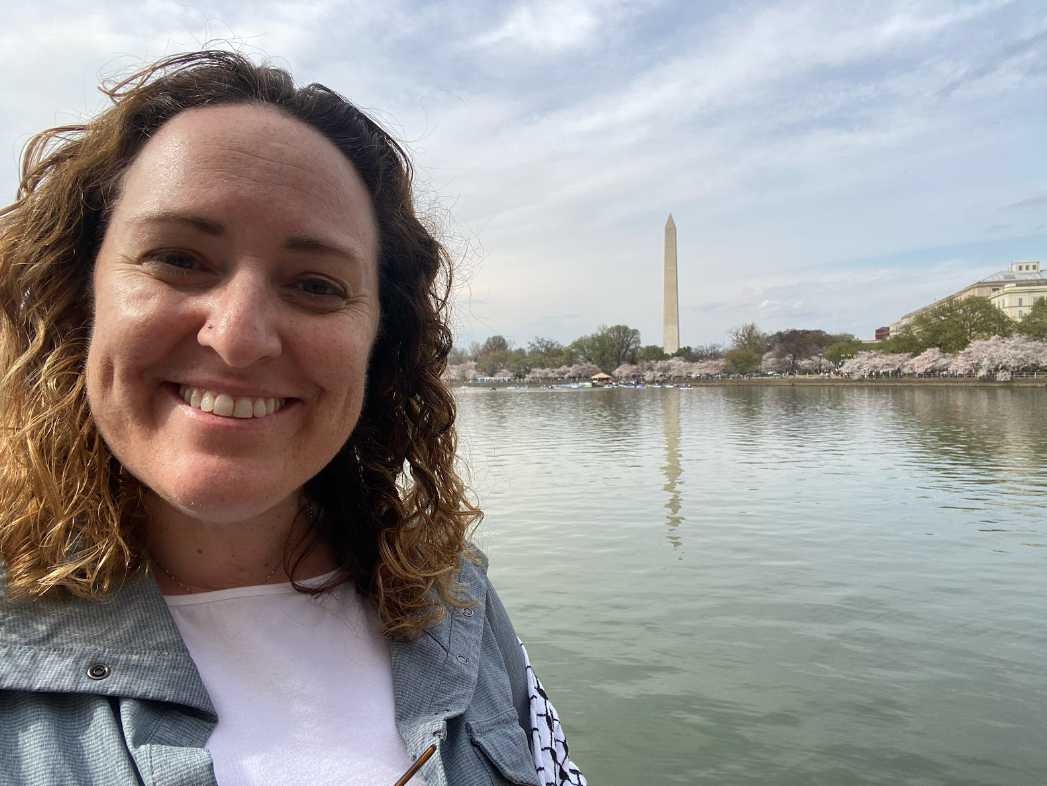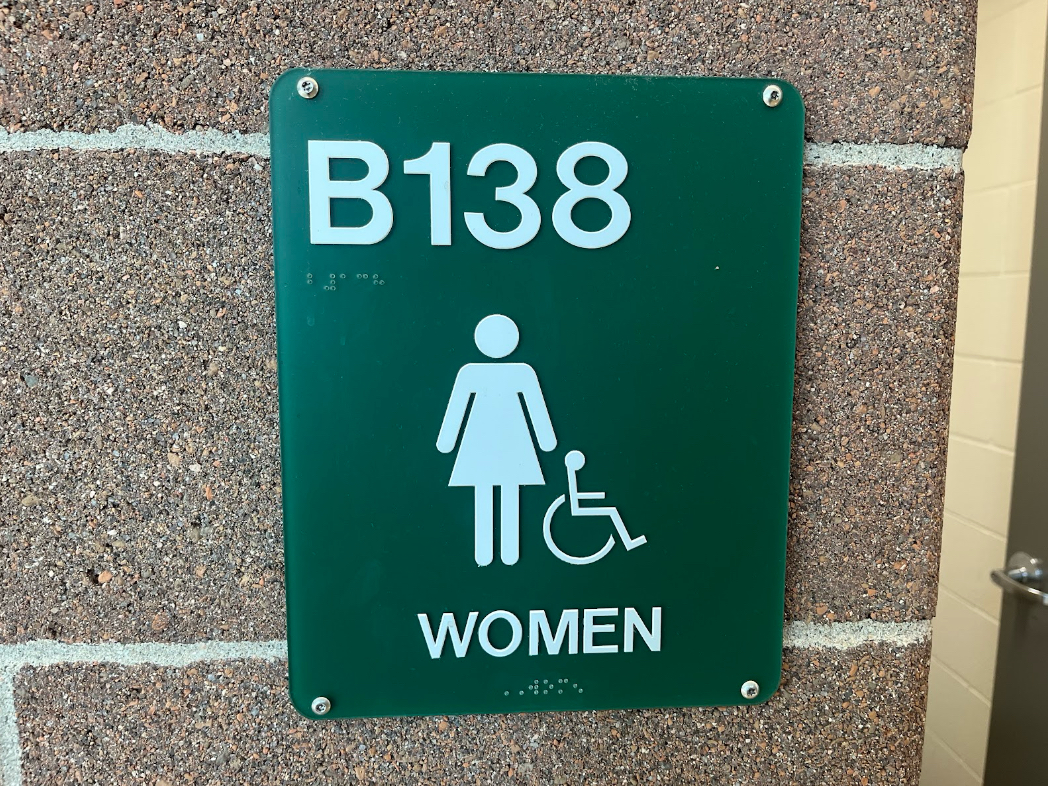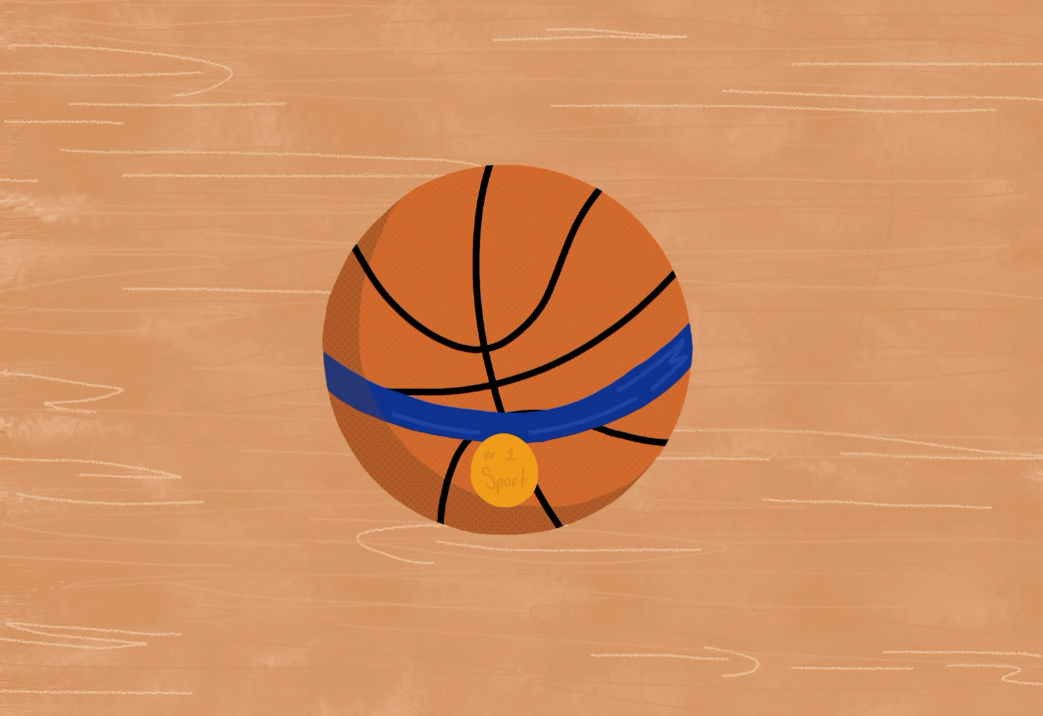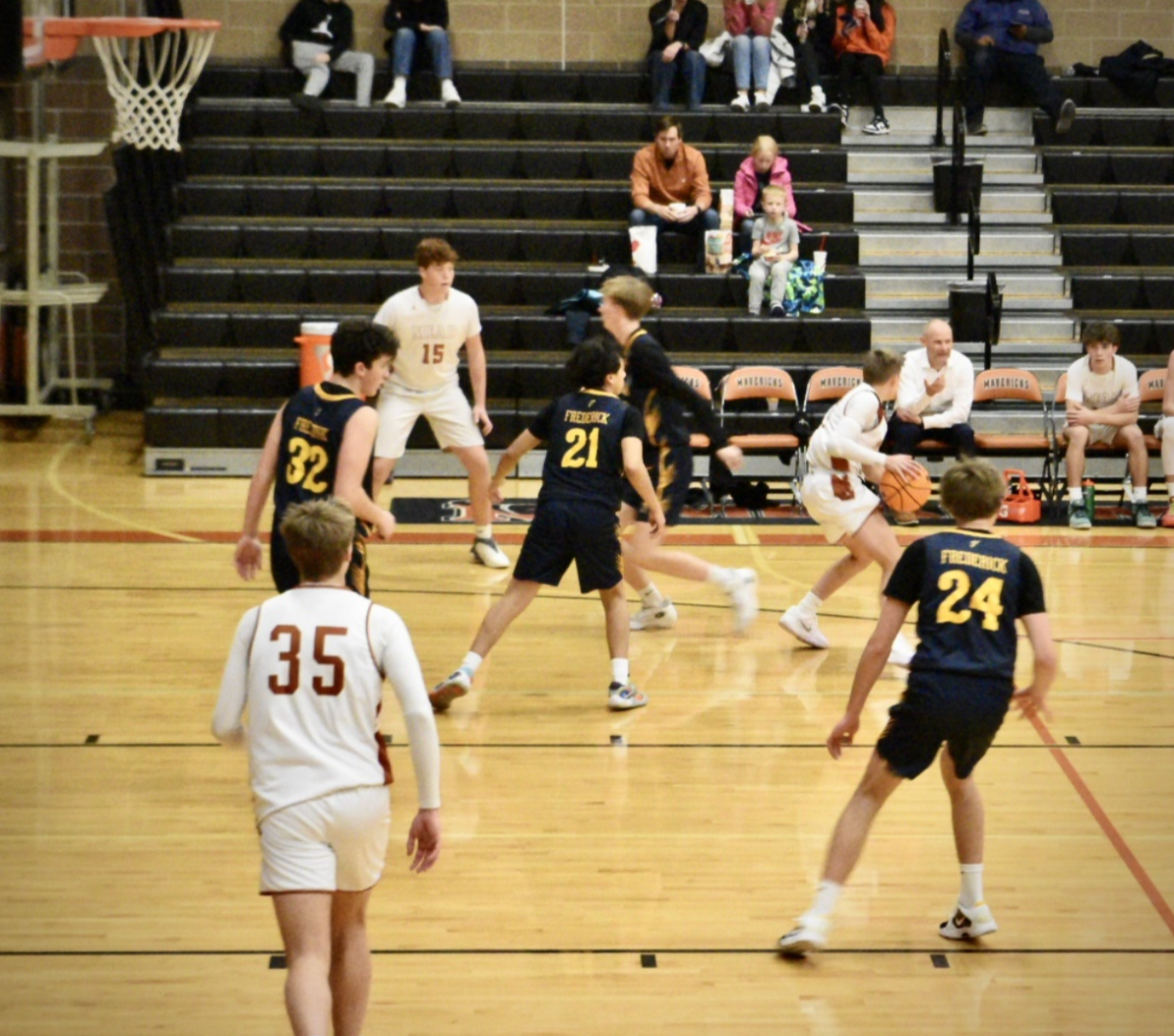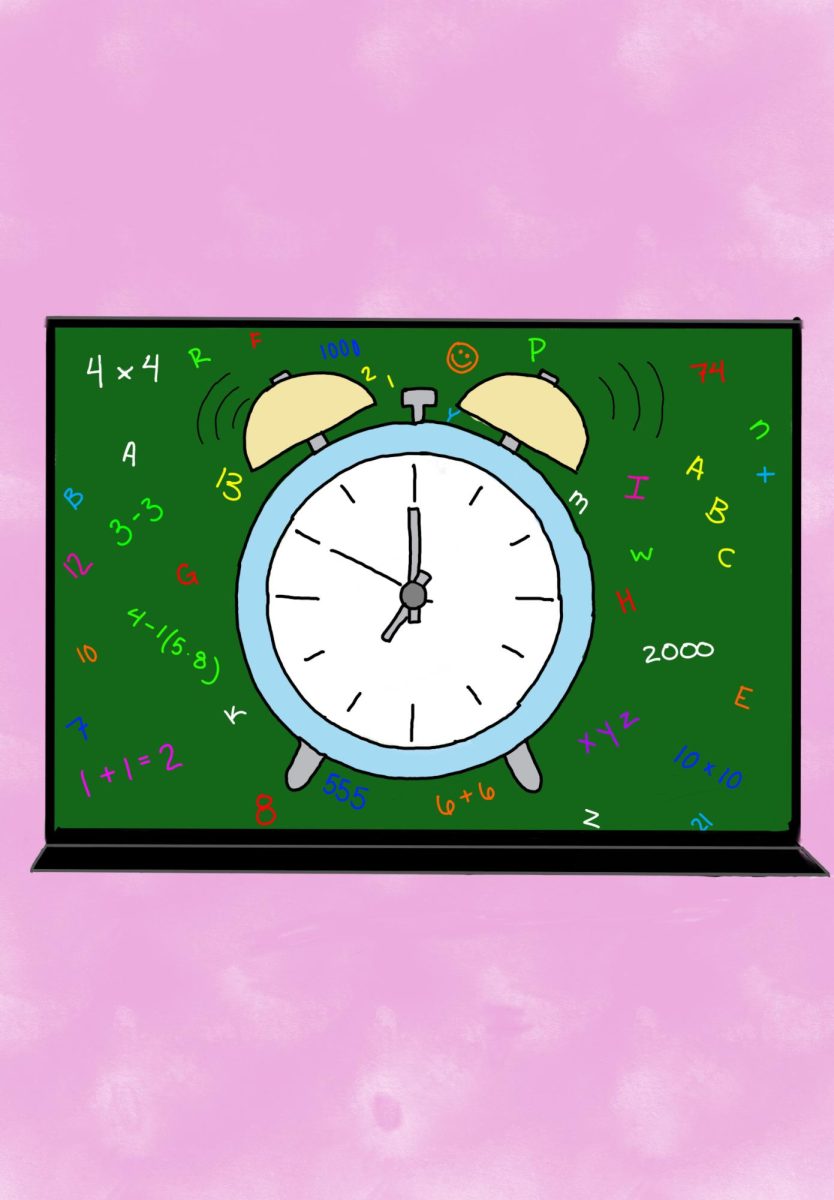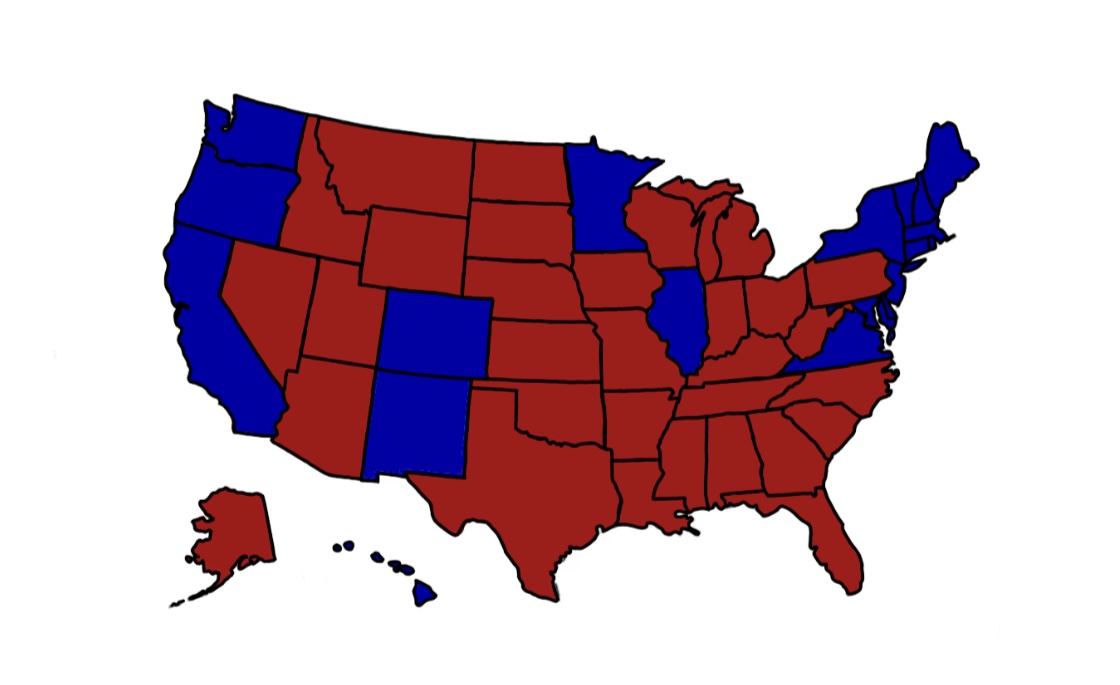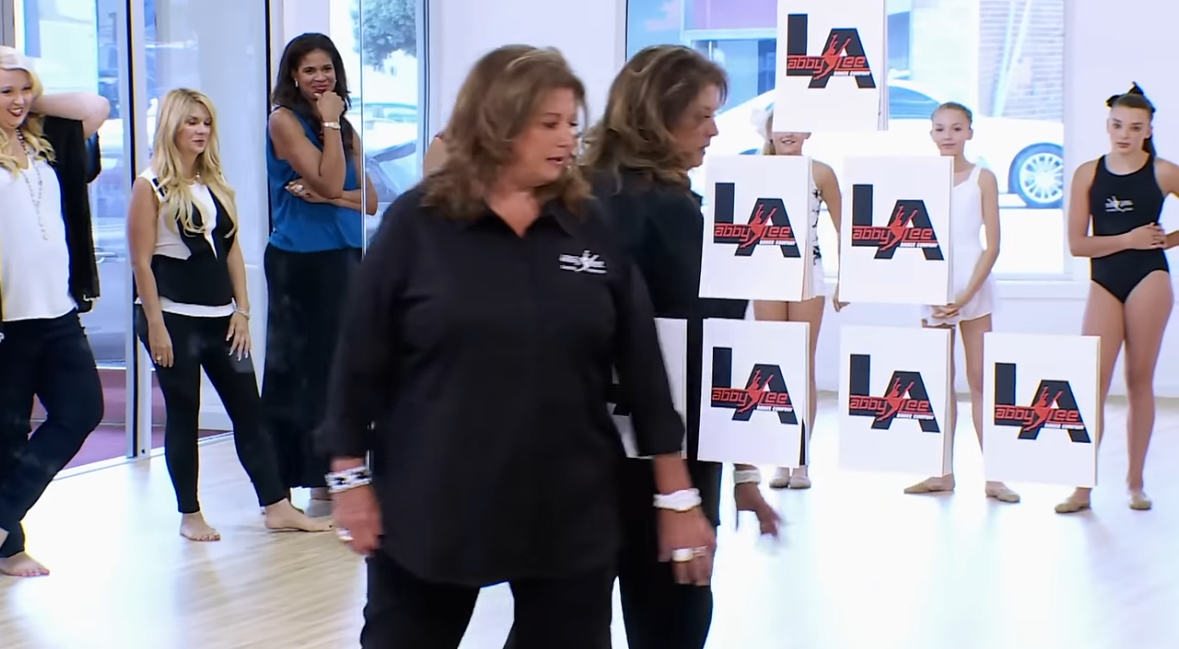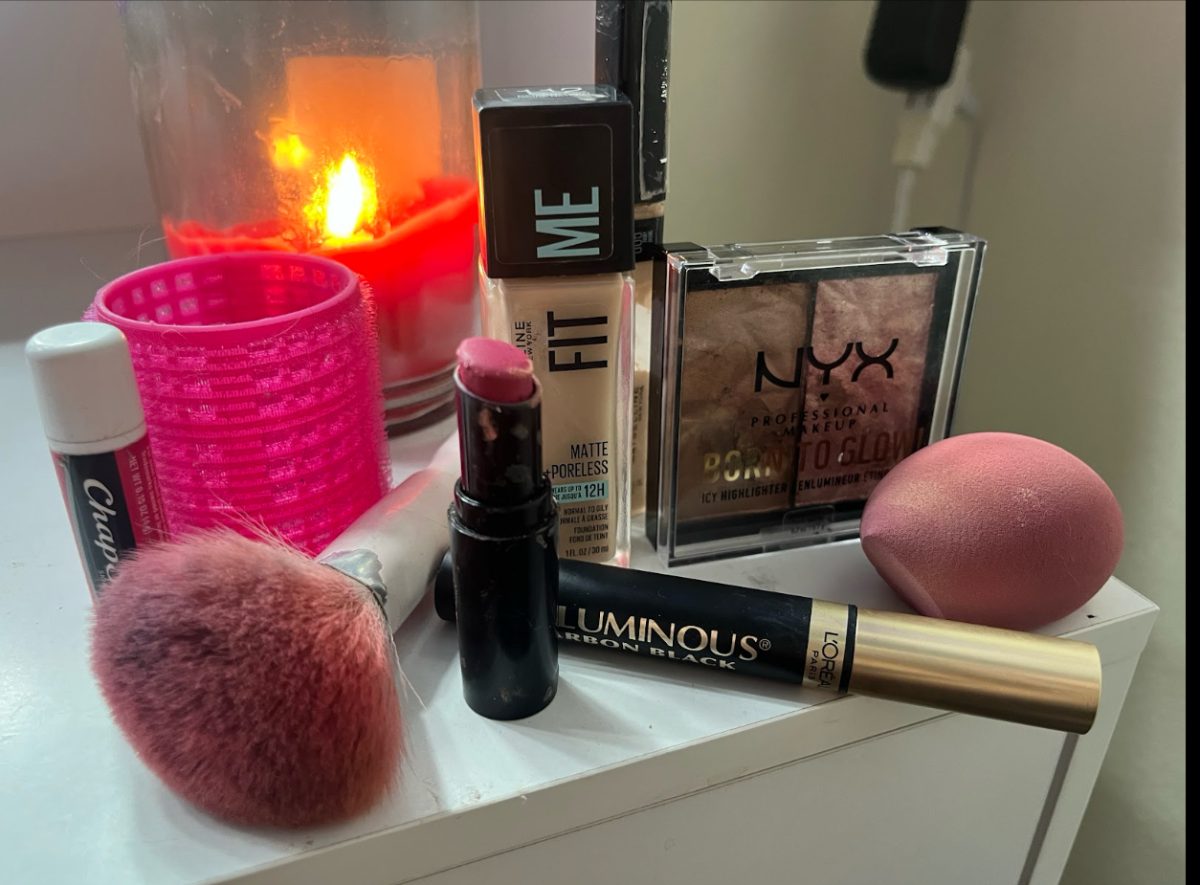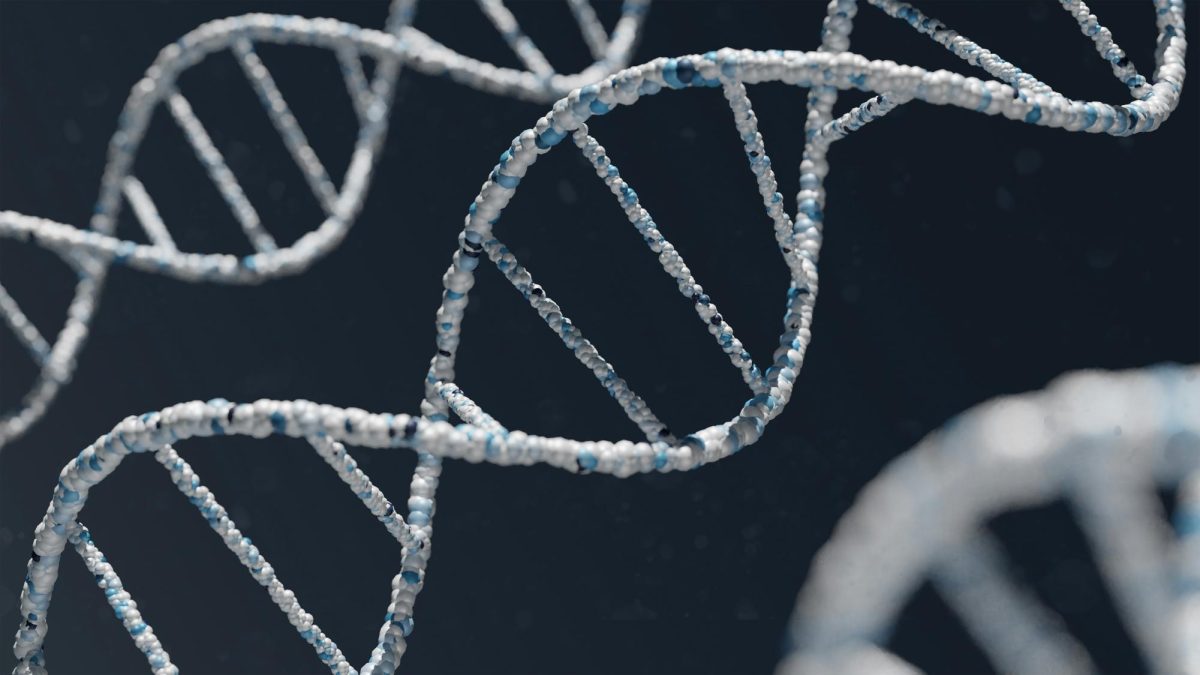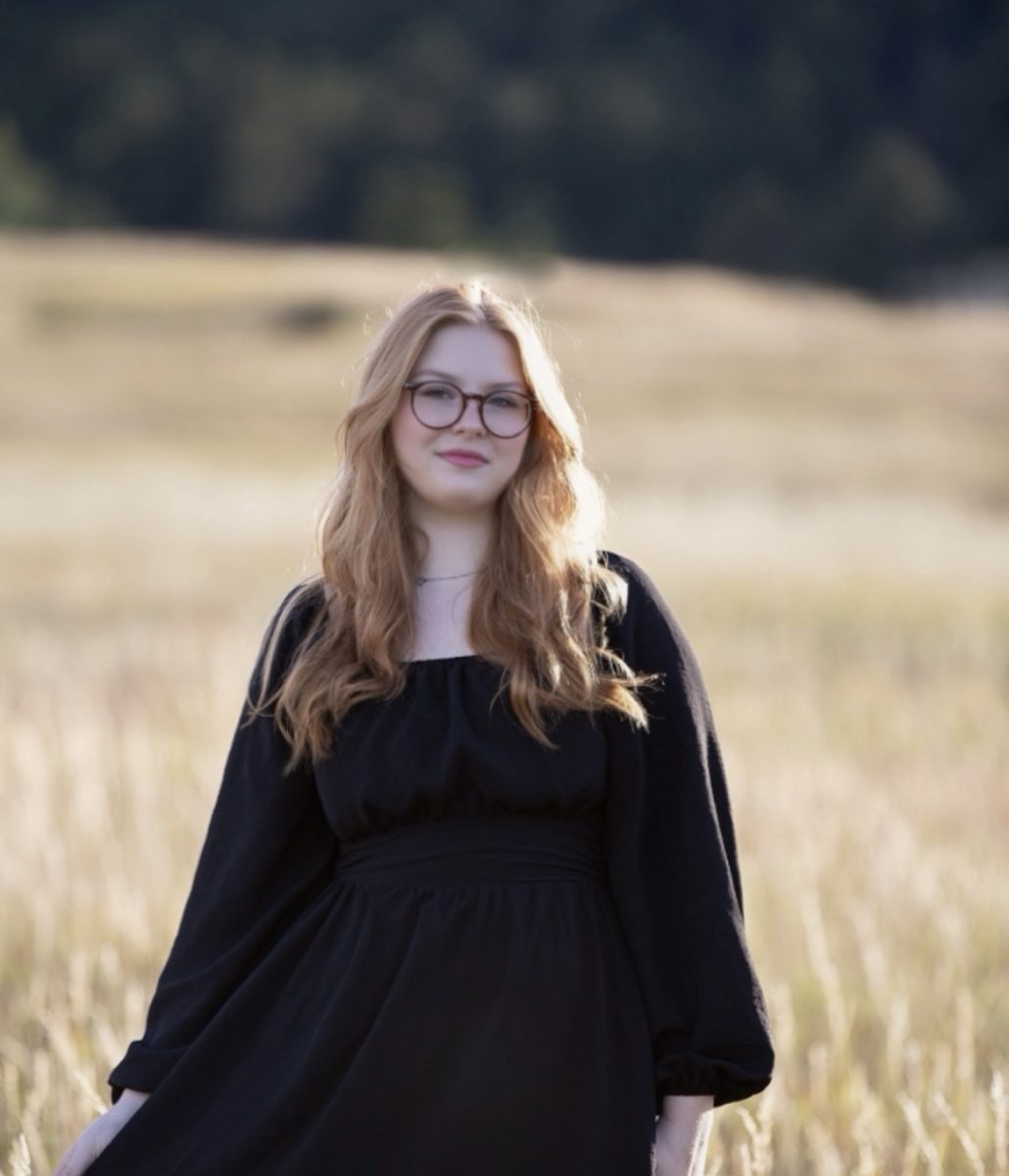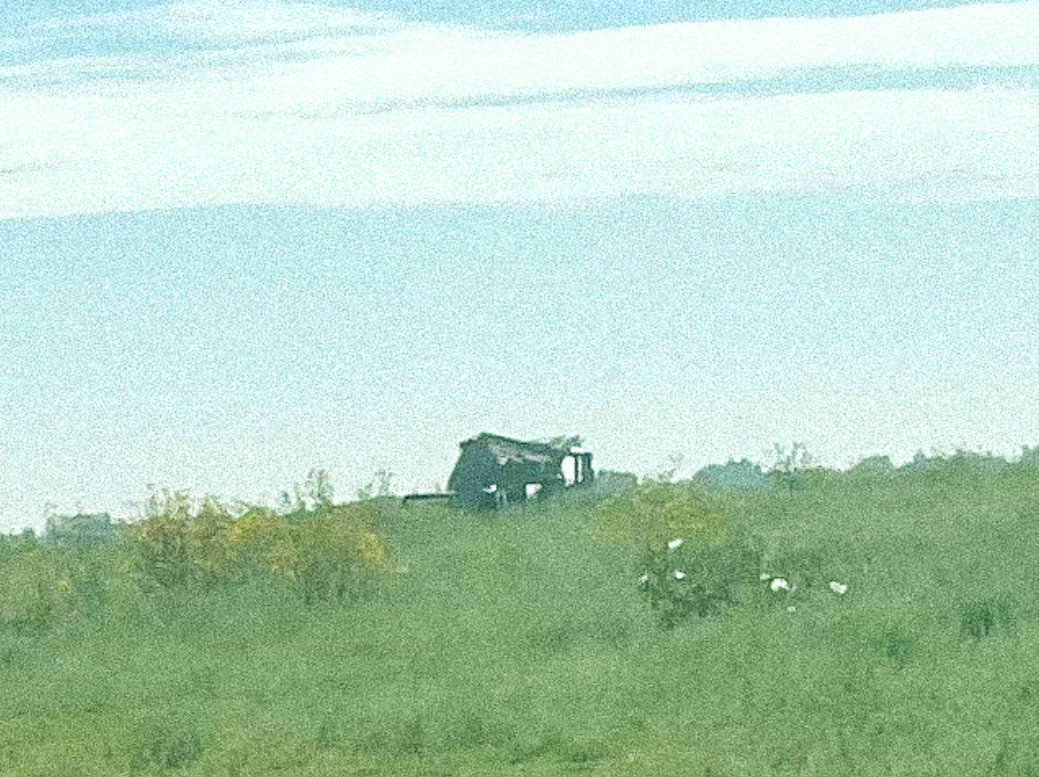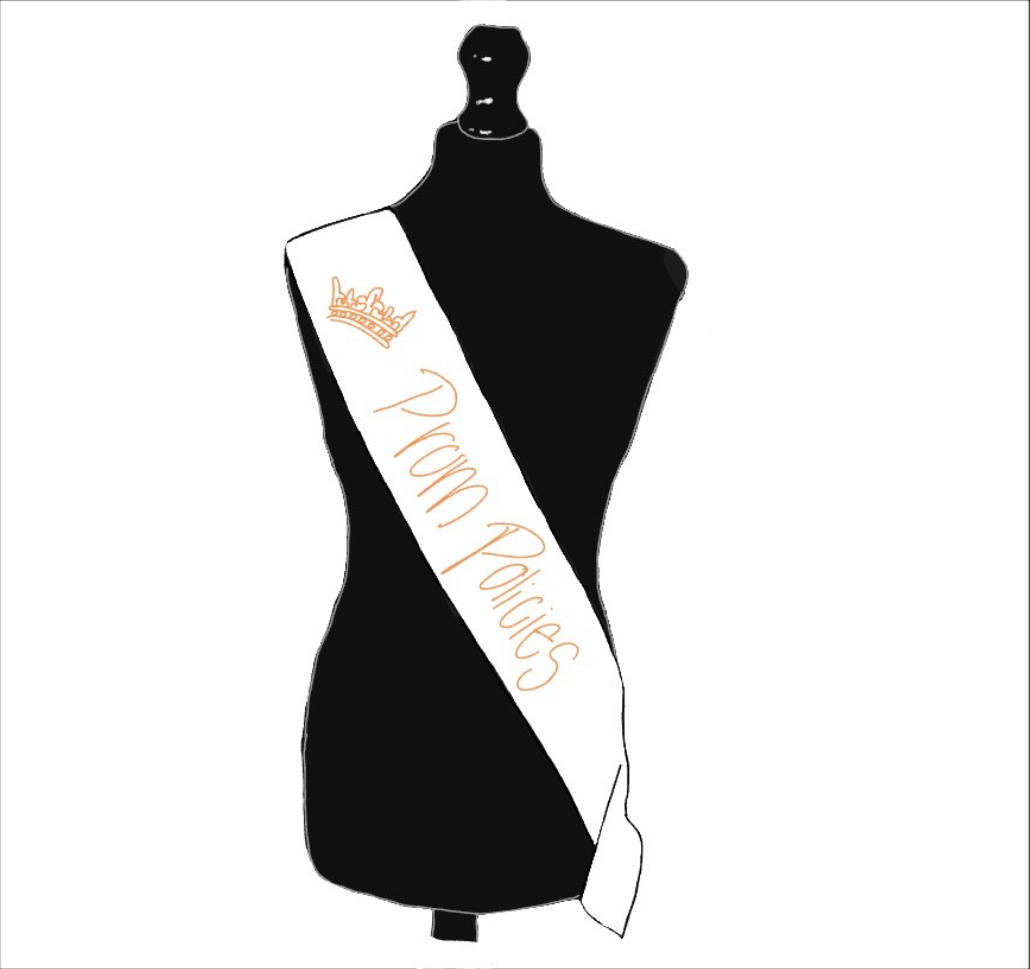In addition to the variety of classes already offered at Mead High School, the 2024–2025 school year elicits more opportunities for students in many fields. Food Science I and II, AP Biology (ran through CU), and Colorado History are all incorporated into class selection for next year.
AP Biology, taught by Mr. Drew White, is not a new class at Mead. It has been offered to students for many years, attracting medical-minded young brains. Through the course of this past year, White has worked extra hard on becoming certified through CU to instruct high school students for college credit. AP Bio is now available, passing on eight college semester credits for students who pass the class. Biology and chemistry are required to take this class. Class fees include ten dollars and the optional, but highly encouraged, AP exam test fee. “It’s lab-based, which is kind of fun,” White said. Students can expect a fast-paced class with tests every two to three weeks to access learned material and lots of labs.
Colorado History is another new class offered at Mead through the 24–25 school year. Taught by Ms. Tina Harris, the course is focused on Colorado’s roots. Harris sees many field trips in the future of this class, “I’d really like to take students to the Amache Japanese Internment Camp, which is kind of more south-eastern Colorado, and then the Sand Creek Massacre site.” Colorado History is a concurrent enrollment class offered through Front Range Community College, so it counts for college credit and elective credit. It is a three-credit guaranteed transfer. There is no cost to students to acquire college credit, and there is no class fee. According to the course catalog, 10th–12th grade students can take this class. Students will think like historians and study through the lens of many different perspectives. Beginning as early as the earliest Native Americans in our modern state, Colorado history offers a wide variety of pathways for students to dive into. Harris encourages students who are interested in history and Colorado to take this course.
Formerly Culinary Nutrition, Food Science I and II teach students safety in the kitchen, basic nutrition, food preparation, and so much more. Food Science II is newly introduced this year, inviting students to work in the kitchen at their own rate. Ms. Katie Saenz, the Family and Consumer Sciences teacher, said that Food Science II is based on the five parts of a meal: appetizers, soups and salads, main dishes, and desserts. Food Science I (or Culinary Nutrition) is a prerequisite for this class. The class fee is 20 dollars. If enough students sign up, Work-Based Learning, a class taught by Saenz, will be in the near future. This class would continue on Food Science I and II and have the opportunity to cater PLC late-start breakfasts, conference dinners, and even sporting events. Work-based learning is still a work in progress to look forward to. Saenz said, “it’s definitely harder than Food Science I or Culinary Nutrition because I put a lot of it on the student instead of on me.”
Students can sign up for these classes on the Infinite Campus. Registration meetings start the week of Feb. 5, so students interested in any course can talk to their counselor.


